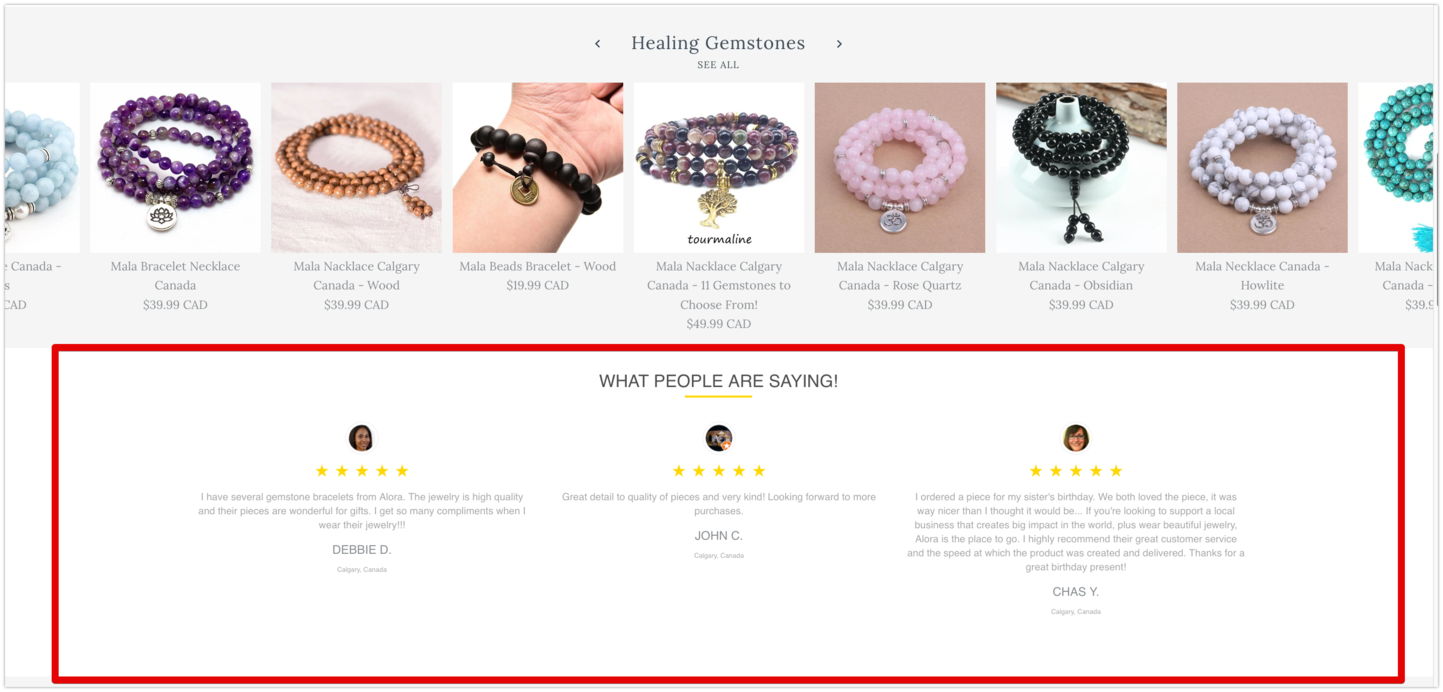What is Coronavirus (COVID-19)?
The past few months have certainly been very difficult for everyone around the world!
Impact on the eCommerce industry

a. Total eCommerce sales by industry.
When it comes to revenue, it is evident that essentials and medical supplies have seen a drastic bump. The total sales percentage of these two industries has grown by 200 and 425 percent respectively. Meanwhile, industries like- jewelry and laundry have dropped by 25 percent.
- The demand for sports and fitness supplies has increased by nearly 25 percent and
- health and wellness have grown by 75 percent.
b. Revenue changes
Any business would be keen on building revenue, whether it is in the midst of coronavirus or not. The impact of COVID-19 on eCommerce businesses has been considered positive. To begin with, this industry has seen a sudden increase in revenue by 51.21 percent. The reading was “last” captured between the 14th and 20th of June.c. Spending changes
Next comes the way people have spent in the past few months. Undeniably, if the revenue of the industry has improved, it is evident that the spending patterns of people have also increased. When it comes to numbers, spending has increased by 33.02 percent.d. ROAS changes
ROAS defines the amount a company needs to bid on its products to make a profit, with close consideration to the investment it makes. ROAS is crucial because it defines the revenue of businesses. With COVID-19, the ROAS of companies has increased by 14.01 percent.e. CPC changes
CPC represents the Cost per click. This can be a very important parameter for businesses. In fact, businesses spend thousands and thousands of dollars to decrease their CPC rates. With the pandemic, this figure has grown by 5.20 percent. Undeniably, this is not what many eCommerce businesses have been aiming for.f. CTR changes
Meanwhile, an impressive parameter that bid farewell during the pandemic would be CTR or the Click-through rate. This dropped by nearly 0.26 percent. A major reason behind this drop would be the fact that customers are keener on buying from brands and stores they are aware of. The small ones and lesser-known ones are definitely facing a big challenge.Best eCommerce marketing ideas during (and after) COVID-19

1. Use Pay per click or Paid Ads
1.1. Google Shopping
Google Shopping is a platform every eCommerce business looks forward to. Indeed, it helps in building a strong online presence. Mainly because much of the algorithms are handled by Google itself. And, businesses are only expected to build flawless Google shopping product feeds. With this being said, here is how you can open your Google Shopping Ads account: First, create Google Merchant Center account. Then, build your ads and finally, you need to start the campaigns. Now, each of these steps can be further broken down. But, what makes Google Shopping ads special is that it is completely free.1.2. Retargeting Ads
Many times, businesses tend to forget about customers once they have made a purchase. This can be fatal for any business. In order to stay alive in the market, you need to retarget previous customers based on their previous interests to turn them into repeat customers. Businesses have to keep track of their search history and send emails at the right hour. Retargeting Ads and follow up e-mails can change the brand value and image of your business inside-out.2. Use Content marketing
2.1. Video content
Video content plays a crucial role in eCommerce businesses. It is important for you to post content that doesn’t force customers to go through. Instead, they must be more than excited to see what you have to offer. This is when inspiring, and informational videos become handy. Remember, your videos don’t need to be loaded with animations (of course it adds value), but they need to be “useful”.2.2. Blog posts
Have you ever wondered if customers would go through your 10,000 words blog post? Yes, they will! Only if the blog post contains the information they are looking for. Talk about products, what you offer, and why you are a great store. In all these posts, keep your target “audiences” in mind.2.3. Interactive content
eCommerce businesses are often images, videos, and texts. If you want to stay ahead in the race and appeal to more customers, you need something different. Interactive content that allows customers to explore deep into your products is a good way to start. This is tech-savvy, and also a UX friendly approach to attract customers.3. Create unique unboxing experience

3.1. Coupon codes inside the box
A deal a day can make any customer stay loyal to your eCommerce store. Sometimes, brands limit the number of deals and coupons they share. To be precise, they tend to stick to seasonal offers. Such golden strategies are no longer useful. You need to give customers a choice, and a reason to revisit your eCommerce page. Hence, ship a coupon code that is relevant to what they bought. Now, they are obligated to buy again!3.2. Unboxing experience
Unboxing is more or less equivalent to opening Christmas presents. It is a moment and an experience. If the product feels precious to your customer, it creates a memory. Hence, redefine their unboxing experience with something truly out-of-the-box. The box doesn’t have to be made of diamonds! But, it should shout your brand all over. Creating a great unboxing experience can help you get customer photo reviews, written reviews, and social media mentions that are important to building your brand.4. Use email marketing

4.1. New customer email flows
What do you do when a new friend comes home? Wouldn’t you cherish their presence with stunning goodies and treats? New customers are even more important to businesses. This is why you need to welcome them with a friendly, personalized email. Customers appreciate this, and will certainly consider buying from your eCommerce store.4.2. Browsing follow-up flows
Now, what do you do after a customer has made their first purchase? Wouldn’t you want them to make a few more? This is when building followup email flows are handy. As a brand, you will be triggered to send this email, right after their first purchase. But, you need to wait. Give the customer some time to return, else shoot the email. Make sure it is personalized and exciting.4.3. Abandoned cart emails
One might consider everything to be bliss in the world of online shopping. Well, that is not how it works. eCommerce businesses are affected severely by abandoned carts. Products worth a billion dollars or more are abandoned every year. This condition can be resolved to some extent by abandoned cart emails. These emails will help you recover as much as 30% of your customers.4.4. Targeted offers
Once again, let’s understand why offers and deals are important. These are ways of helping customers recognize your brand from the rest. Targeted offers need to be based on the customer’s desires. It should blend with what they are looking for. For example, it would be unwise to ship an offer for “toys” to a grown-up, single man! Instead, a family of four would find the toys coupon useful. Hence, pick your customers carefully and send “targeted” deals. And, there is no such thing as the best time to share these offers.5. Improve your On-site marketing

5.1. Sign-up forms
Sign up forms play an integral role in any eCommerce store. After all, what other ways would you use to collect customer information? When you design sign-up forms, bear in mind that the process of filling these forms is both annoying and tedious for your customers. If you have a form with 20-fields, and the customer chooses to fill them from a small screen – you might be in for trouble. It will only be a matter of time before the customer presses the back button. Hence, you need to take all this into consideration while designing the sign-up form.5.2. Products pages
5.2.1. Product Descriptions Stores are built by-products. And, each product on your site needs a perfect page and that means a perfect product description. The page has to carry useful information about the product, delivery time, and even stock information. The product page needs to be of value to the customer. So, don’t miss out on information, or act cleverly! Instead, go with the flow and keep them “useful”.5.2.2. Product images
Apart from content, your product pages need to be enriched with high-quality images. When we think of images, you need to bear in mind what the customer will be interested to see. Do they want high definition images, or do they want pictures that describe the product better? When you capture images for an eCommerce store, keep the images simple, detailed, and click every side of the product.5.2.3. Product Videos
Now that you have understood the importance of product content and images, it is vital for you to build striking videos. These are promotional videos, and they play a crucial role in your video marketing efforts. When you build good videos, customers will be more likely to look for your “brand” when the need arises. After all, there is a reason why YouTube is tagged as the world’s third most wanted search engine. Videos can capture a wide range of target audiences.6. Selling Through Social Media

6.1. Instagram
Do you still consider Instagram as a platform for posting photographs, and flaunting your personal life? Well, now would be the best time to rethink. The impact of COVID-19 on eCommerce businesses is remarkable. And, with more and more people spending ample time online (especially Instagram), you have the golden chance of capturing their attention. Create business Instagram profiles, post creative images, and link them to your products.6.2. Facebook
The talk about any social media networking effort will be incomplete without Facebook. If the content is the king of SEO, Facebook would be the king of all social media networks. This is why every eCommerce store needs to have a “highlighting” Facebook page. Many times, people choose to buy within Facebook itself. When you build a presence on Facebook, ensure that it connects with customers at a professional and a personal level. This way, you can be sure that a customer who chooses to buy, will return. Also, keep these customers engaged with “exciting” deals, offers, coupons, and details about your brand.6.3. YouTube
We have already rung bells around YouTube. Yes, this is an important social media networking platform for video marketing. When you create videos for your eCommerce store and post it online, you need to stick to the following aspects:- Are the videos short and crisp?
- Does it meet with the interests of your target audiences?
- Are the videos meaningful? Would they add more value to the customer?
- Can the videos be accessed easily from mobile devices? Have you taken into consideration “quality”?
7. Market Your Business Beyond Geographic Boundaries

- You need to understand the personas of your target customers. What are they looking for from your company?
- You should be aware of the culture and traditions in the new geographic location. Don’t hurt customers with “inappropriate slogans and images”. Most customers are sensitive to these factors.
- How advanced is the new geographic location? You need to improve, or customize your technology to suit “it”.
8. Highlight Product Reviews

Even as you run an online store, it is important for you to connect with customers at a higher and deeper level. One of the best ways of achieving this is through product ratings and reviews. Always take a good look at existing stores like Amazon, eBay, and Etsy. You will find ample ratings and reviews on every product. This helps customers understand more about the product, even without setting their eyes or holding it. Gathering good reviews is difficult. It happens over a long period of time. But, the moment this “checkbox” is ticked for every product in your store – you are likely to see better revenue. Also, don’t forget to highlight these reviews. They need to be “spot on”.
9. Optimize for voice search
A much-neglected area in search engine optimization or any marketing strategy would be “voice search”. Would you believe if someone told you that 60 percent of customers love to talk to their computers and mobile devices? After all, why are technologies like Siri, Alexa, and Google Assistant famous? Voice search helps customers go “hands-free”. Most of them admire this and want to witness more of this technology. This means, skipping voice search from your store is a big loss.10. UGC and influencer marketing

Conclusion
The impact of COVID-19 on eCommerce businesses is big. And, there is no doubt around this. Thus, you need to spend a good amount of time understanding the best marketing strategies for your brand. The process will be challenging, and there is no historical evidence on what would work for your company. This is why you need to begin with the “most” tested and reliable tips discussed in this post. These strategies will help your eCommerce store survive the pandemic, and become a stable brand in the long run. Additional resources- Create Profitable Google Shopping Ads
- How to Troubleshoot your google merchant center data feed?
- What are the Requirements to Google Merchant Center Data Feed?
- Tips to Optimize Your Google Merchant Center Data Feed
- GTIN in Google Merchant center Feed









